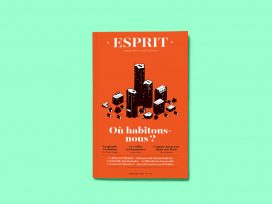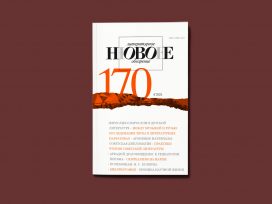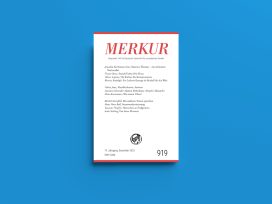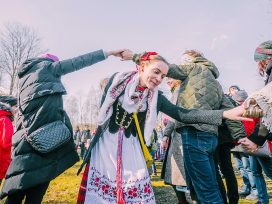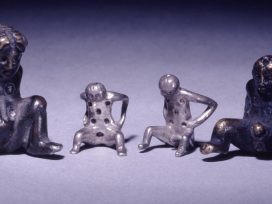In ‘NLO’: the story of the decidedly liberal First Russian Art Exhibition of 1922; depictions of physical abuse in Soviet children’s literature; girls’ encyclopaedia; and the thawing of authorial emotions.
In NLO, Ewa Bérard explores the plotting and scheming behind the First Russian Art Exhibition held in Berlin in October 1922. Organized to raise funds for the victims of the Russian famine, the exhibition was hailed as a great propaganda success. Anatoly Lunacharsky, the People’s Commissar for Education, took the credit but later had to recant for the exhibition’s ‘leftist slant’ and inclusion of the ‘left-bourgeois art of Bohemian Paris’ (i.e., émigré artists).
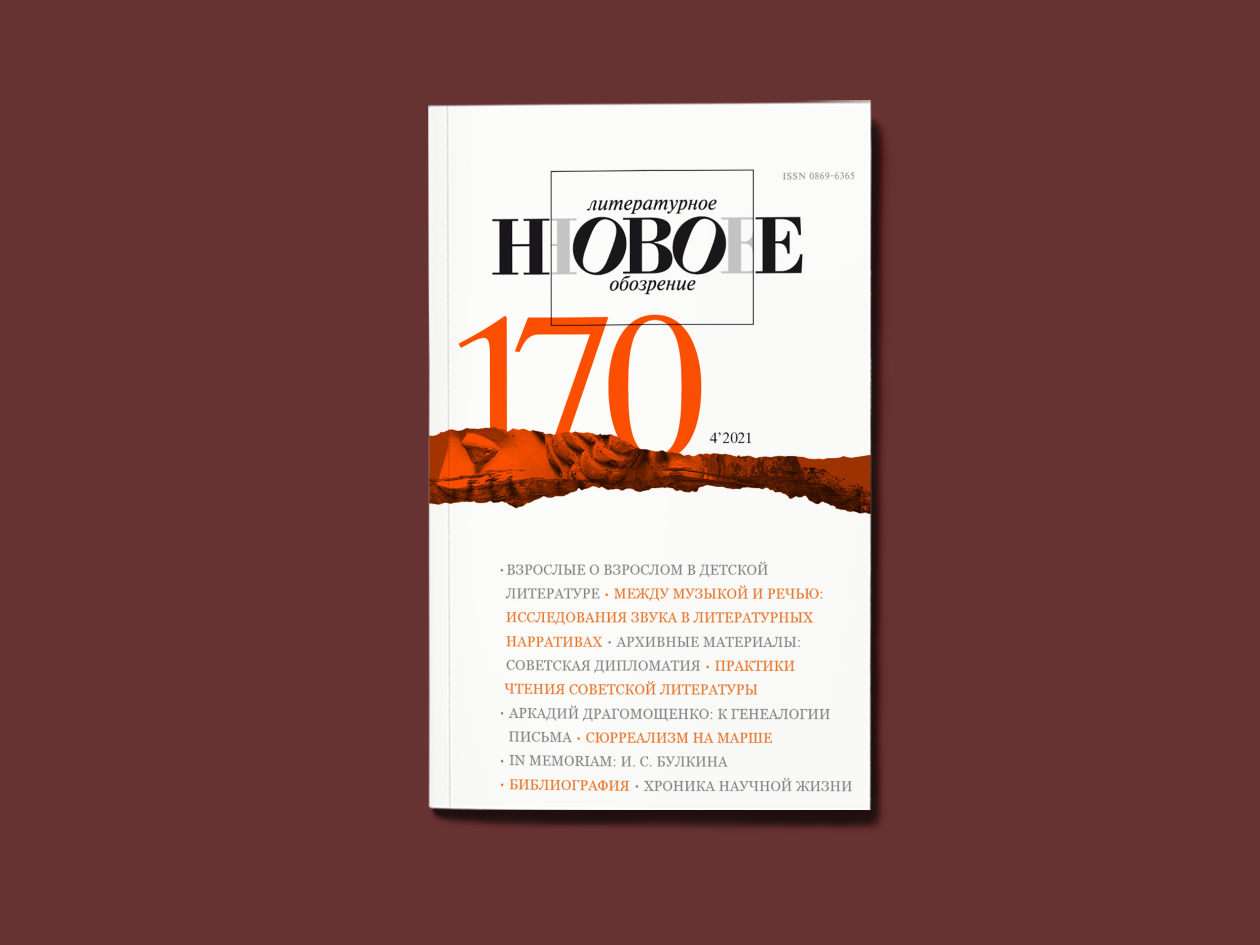
Using information unearthed from German and Russian archives, Bérard demonstrates that the exhibition’s main spiritus movens was not Lunacharsky but Willi Münzinger, chairman of the Workers’ Relief for Russia, a German Comintern member and savvy cultural impresario. Münzinger used his ties to Lenin, an old friend from the days of their Zurich exile, to ensure that the exhibition was a showcase for modern Soviet art, rather than turning into a stolid political propaganda affair, as conceived by party bureaucrats. Their rival exhibition, held concurrently at the Russian Embassy, attracted few visitors. As we learn from a contemporary Berlin police report, it featured charts and propaganda posters alongside ‘examples of hemp and flax processing, toys made by children and different varieties of bread made in the starving regions of Russia’.
‘At the opening at the Gallerie Van Diemen in October 1922,’ writes Bérard, ‘there were no diagrams, no portraits of leaders or samples of hemp and flax processing. A most sophisticated and varied selection of works of art demonstrated the creative energy and liberalism of the Bolshevik government.’
Violence in children’s literature
Svetlana Maslinskaya sheds light on the depiction of physical abuse and corporal punishment in Soviet literature, common in families of all walks of life, despite warnings from educationalists. Maslinskaya found depictions of violence in only a small percentage of books for children published between the 1940s and 1980s. Violence was mentioned most frequently in the works of Vladislav Krapivin (1938–2020), whom Maslinskaya dubs ‘the children’s literary ombudsman’. Krapivin was the only writer who consistently condemned violence against children, arguing that ‘bruises are not make-up: they don’t wash off in a day’.
Also: Yauheniya Lekarevich compares the authorial voice in girls’ encyclopaedia of the eighteenth and nineteenth centuries with those published in the twenty-first; and Kirill Maslensky compares socialist realist authors’ expression of emotions to that of writers of the thaw.
This article is part of the 15/2021 Eurozine review. Click here to subscribe to our weekly newsletter to get updates on reviews and our latest publishing.
Published 29 September 2021
Original in English
First published by Eurozine
© Eurozine
PDF/PRINTNewsletter
Subscribe to know what’s worth thinking about.
Related Articles

Bankrupt
Wespennest 189 (2025)
Bankruptcy in nineteenth-century parables of capitalism; billionaires, bankruptcy and the American obsession with money; and why the refusal to accept the end makes life worse.
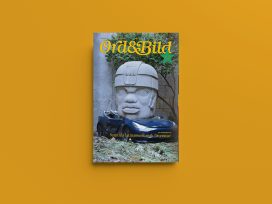
Spending time with the dead
Ord&Bild 2-3/2025
Parables of violence; memories of dictatorship; perversions of memory: Ord&Bild samples contemporary Latin American literature and photography.
